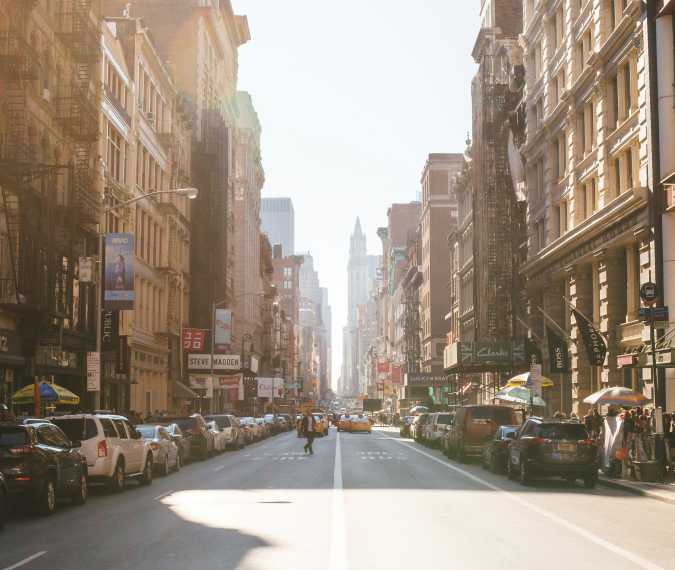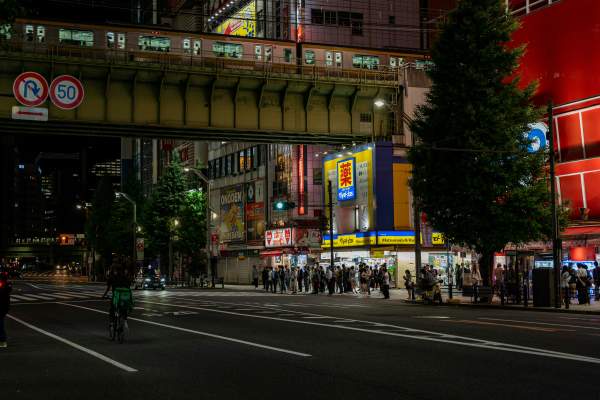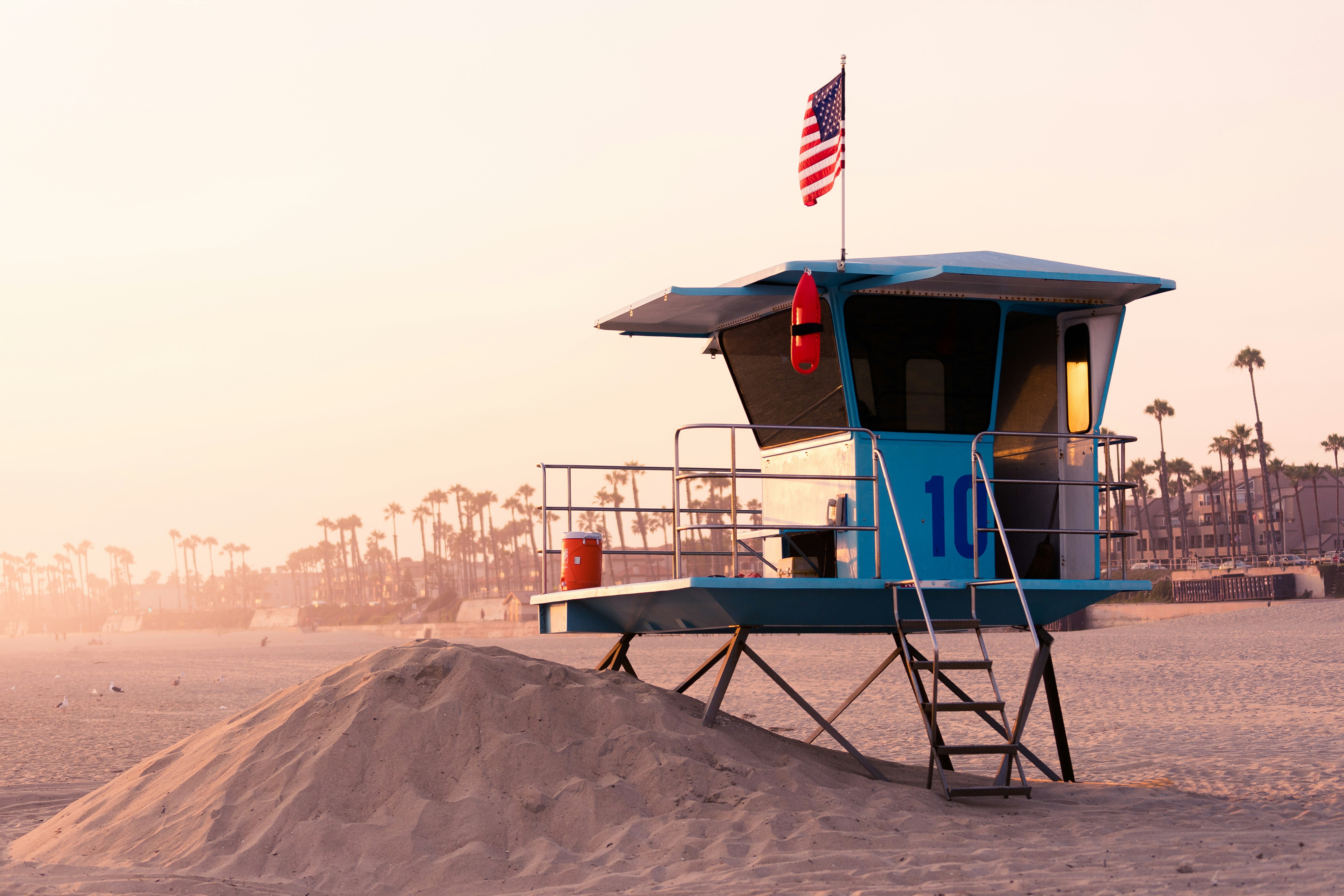
New York City: The Most Linguistically Rich Destination on Earth—Over 700 Languages Spoken!
If you're planning a trip to New York City, you’re not just stepping into the world’s busiest metropolis—you’re entering the most linguistically diverse place on the planet. Here, more than 700 languages are spoken every single day!
That’s right—this buzzing city is home to more than 10% of all the world’s languages, making it an unparalleled melting pot of global cultures. And what’s even more fascinating? This rich tapestry of languages goes back to NYC’s very beginnings.
From 18 Languages to 700: A Journey of Words Across Centuries
Historians say that the earliest community of 400 to 500 New Yorkers—dating back to the 1600s—already spoke 18 different languages. Today, that number has exploded. You can hear everything from Spanish and Bengali to Mixtec and Kuranko on a single walk down Roosevelt Avenue in Queens.
According to Ross Perlin, a linguist and co-director of the Endangered Language Alliance, NYC may be hitting its peak language diversity. In his words, "New York City—the most linguistically diverse city in the history of the world—may be hitting peak diversity."

Photo: unsplash.com/@dariobroe
How Did New York Become So Multilingual?
The story begins with the Lenape people, the Indigenous group whose language gave us the name "Manhattan." Over time, languages from enslaved Africans, European settlers, and international traders were added to the mix. And that was just the beginning.
As immigration grew in the 1800s and 1900s, the city transformed into a global hub. Refugees, workers, and dreamers from across the world brought their languages—and their lives—into the five boroughs.
Today, you can hear Seke, a rare language from Nepal, spoken in Brooklyn. Or listen to West African dialects and Indigenous Latin American tongues spoken openly across the Bronx, Queens, and beyond.

Photo: unsplash.com/@jsnbrsc
A Hidden Crisis: Many Languages Are Disappearing
While New York's linguistic diversity is awe-inspiring, it’s also under threat. Experts warn that more than half of the world’s 7,000+ languages may vanish within the next 100 years—many without ever being recorded.
Even in NYC, languages like Lenape are in critical danger. There's only one known native speaker left. Language loss is a result of centuries of colonization, displacement, and, now, rising urban living costs.
Preserving NYC’s Language Landscape
But all is not lost. Organizations like the Endangered Language Alliance (ELA) are working to document and support these at-risk languages before they disappear.
Their projects include creating detailed language maps of NYC, where even little-known dialects are cataloged. The ELA also works directly with immigrant communities to help revitalize their native languages.
A Sound Installation That Speaks Volumes
One of the most inspiring efforts happened in January 2023: a public art installation called Anchorage, Babel in Reverse, in Brooklyn’s DUMBO neighborhood. It featured hundreds of recorded voices, each one representing a different language spoken in NYC.
As you walked by, you’d hear a chaotic mix of voices. But standing directly beneath one of the speakers, you'd listen to just one clear language, telling a story, poem, or cultural fable.
Many of the voices were speaking endangered languages, offering a haunting and beautiful reminder of the voices we might soon lose.
Why This Matters to You as a Traveler
If you're visiting NYC, you’re stepping into more than a city—you’re walking through a living museum of human communication and cultural resilience.
The languages spoken here aren’t just words—they’re windows into the history, identity, and dreams of people from every corner of the globe.
And every neighborhood, every street corner, and every subway ride has the potential to connect you to a world you didn’t even know existed.


